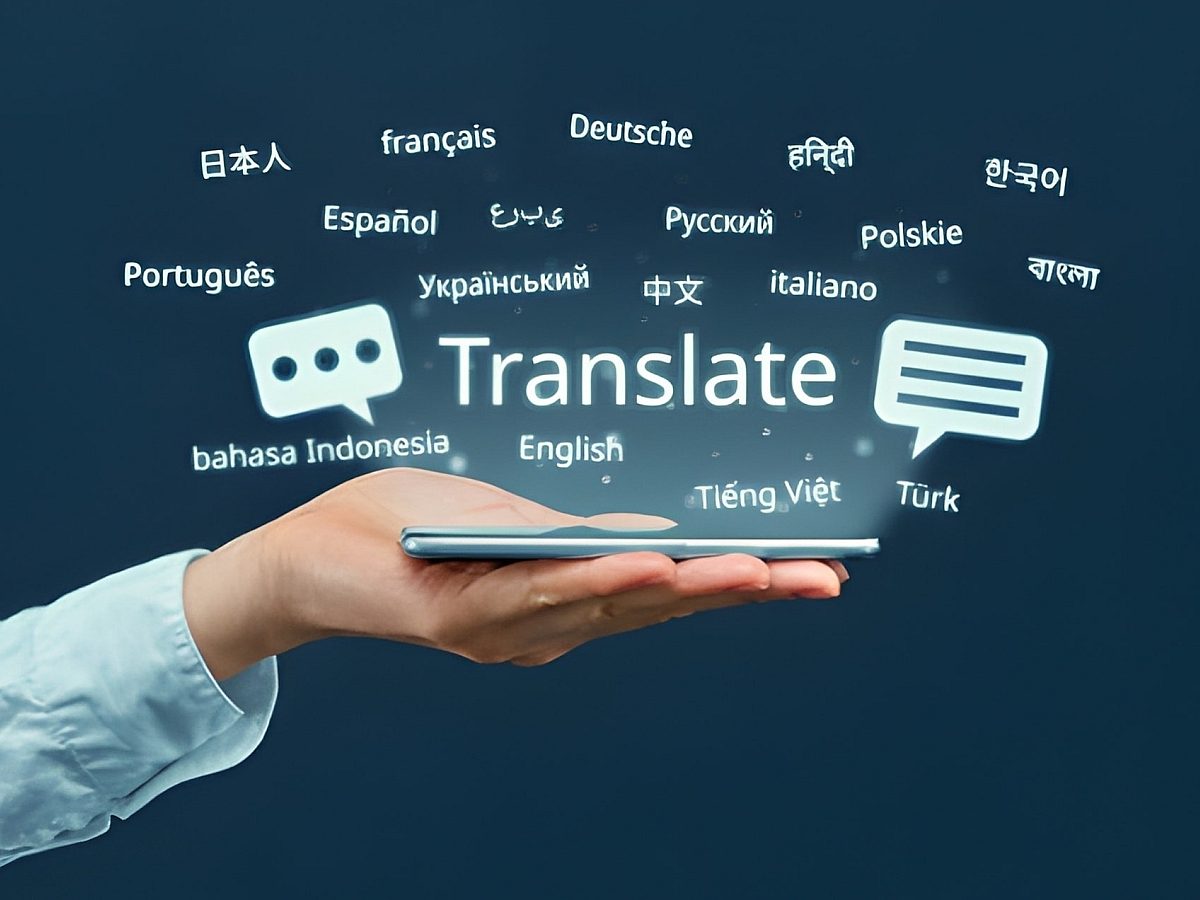Language localization is the practice of adapting your content to meet the cultural, linguistic and practical expectations of your target market.
For example, you may need to change prices, units of measurement and certain cultural references when adapting your content for a different region or country.
Localization often goes hand-in-hand with translation, but they’re not the same thing. For instance, you would not need to translate US-based content for a British audience. However, you would need to localize the content for UK spelling, currency, colloquial language and more. Without localization, your content (which was written to engage US consumers) would be ineffective in The UK.
Localization is especially important in global marketing, and it can be more complex than you think. In this post, we’re going to explain the localization process, what it should cover and its importance when doing business across borders.
Understanding Localization
Localization is a process that goes beyond direct translation to adapt content for a specific market. While translation converts text from one language to another, localization tailors the entire user experience to make it feel natural and relevant to local users.
Localization ensures that your content resonates culturally and linguistically with the target audience. It's about making your content feel native to the region, which is incredibly important for earning consumer trust.
One study revealed that about 1 in 4 consumers felt they would be less likely to make a purchase after encountering poorly localized content. The same research indicated that poor localization can significantly impact your ability to scale globally, highlighting the importance of prioritizing localization from the get-go.
As a business, it can be tempting to prioritize translation and cut corners on localization, but both are equally consequential when expanding into new markets.

Key Elements of Localization
When utilizing localization services, it’s important to cover all of your bases. Some are simple, such as currency conversion. Others, like cultural references, are more complex.
Here are the most important elements to consider:
- Language and Translation: This foundational step involves translating the content, but localization also considers local dialects, contextual appropriateness, colloquial phrases, and more.
- Cultural Adaptation: This is crucial for avoiding cultural blunders. For instance, certain colors, symbols, or gestures might be acceptable in one culture but offensive in another. Localization experts adapt visual and textual content to align with local customs.
- Imagery and Media: Changing images and media to suit the target audience is essential. For example, a marketing campaign in the US might use different imagery than one aimed at the Japanese market, reflecting local aesthetics and preferences.
- Currency and Units of Measurement: Prices and units of measurement must be converted to local standards. 1 in 3 consumers will abandon their cart if the price is displayed in a foreign currency.
- User Interface (UI): The design and layout of a website or app may need to change. For languages that read right-to-left, such as Arabic or Hebrew, the entire interface needs to be mirrored. Localization also considers local UX preferences.
- Video and Social Adaptation: Subtitles, text on screen and voiceovers must be adapted for your content on social media and YouTube. Automated services offered by various platforms may be adequate for an individual’s content but should be considered the lowest bar for businesses. Complete media localization should be considered.
The Importance of Localization for Businesses
Many businesses don’t understand just how vital localization is for reaching international audiences.
Consumer trust is earned slowly and lost quickly, which is why localization can make the difference between success and failure in a new market.
Here are some of the benefits of investing in professional localization services:
- Increased Market Reach: By localizing your content, you can effectively enter new markets and expand your global footprint.
- Improved Customer Experience: Localized content enhances user experience, making customers feel understood and valued.
- Higher Conversion Rates: When users interact with content in their native language and familiar context, they are more likely to engage and convert.
- Brand Loyalty: Providing a seamless and culturally appropriate experience builds trust and long-term loyalty among customers.
The primary benefit of localization is that it grants your business the opportunity to gain a foothold in the market and eventually compete with local brands.
Poor localization may keep your brand on the fringes, resulting in a lengthier and costlier uphill battle to survive in the marketplace.
How It Works
Localization is a detailed process involving several steps and considerations. Contrary to what many believe, it’s not just a part of translating a document. Translators must work alongside localization experts when working on critical communications.
Here’s a step-by-step breakdown of how a competent agency would handle the localization of content.
- Initial Consultation and Planning: The process begins with a detailed discussion to understand the client’s specific needs, target audience and goals for the localization project.
- Source Content Analysis: The agency conducts a thorough analysis of the source content to identify elements that need localization. A cultural assessment may also be performed to pinpoint any potential cultural sensitivities.
- Resource Allocation: The agency assembles a team of specialists, including translators, localization experts, and cultural consultants. The size of the team depends on the scope of the project.
- Translation: The text is translated from the source language to the target language by professional translators who are native speakers of the target language.
- Cultural Localization: The translated content is adapted to fit the cultural context of the target market.
- Technical Localization: For digital content, the user interface is adapted to meet local usability standards. This may include changes to layout, navigation, and interactive elements to ensure a seamless user experience.
- Quality Assurance: The localized content undergoes a review process to check for linguistic and cultural accuracy. Proofreading is performed by native speakers who are also subject matter experts.
- Delivery and Revisions: The localized content is presented to the client. Any necessary revisions are made based on the client’s input.
Wolfestone Group: Leading Localization Agency for Businesses
Wolfestone Group provides comprehensive localization services to help businesses thrive in global markets. Our services go beyond translation to ensure your content is culturally and linguistically tailored to your target audience.
For the past 20 years, Wolfestone Group has built a robust network of translators and localization experts spanning 220+ language pairs. Our experts specialize in regional nuance and dialects in over 100 countries. We ensure your message resonates regionally and drives the growth of your business globally.
Unlike other linguistics agencies, we understand the needs of businesses regarding compliance, data security, and growth. Our comprehensive suite of language services was built to scale with you, no matter where your business takes you.
Contact Wolfestone Group today to learn how expert localization can help your business achieve its growth goals.




